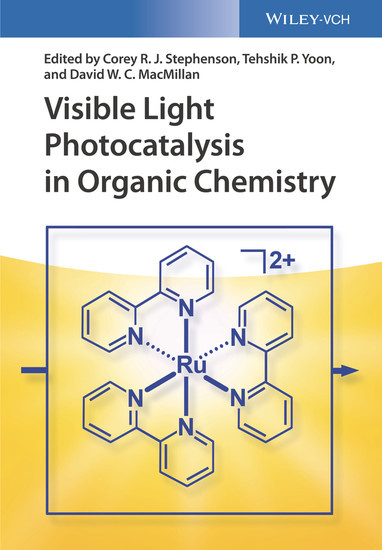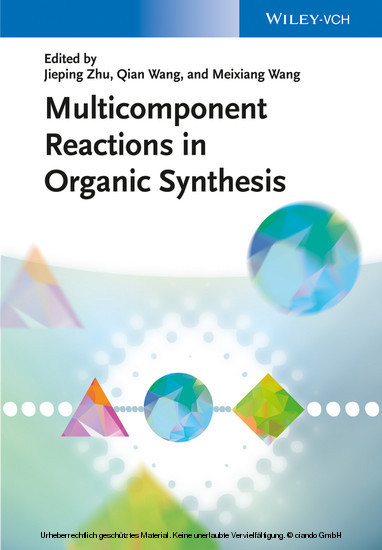Symmetry Properties of Molecules
Symmetry Properties of Molecules
The aIm of the present article is to give a critical exposition of the theory of the symmetry properties of rigid and nonrigid molecules. Despite the fact that several accounts of the subject, both technical and didactic, are now available, and despite the extensive discussion of nonrigid molecule symmetry that has been going on since the classic papers of Hougen and Longuet-Higgins, there remains a need for a unifying survey of the problem. Previous treatments have tended to emphasize one or the other particular viewpoint at the expense of a broader view. Renewed interest in the details of the symmetry classification of rotation vibration states of highly symmetric (octahedral) molecules has led to a reexam ination of the relation between conventional point group operations and permutations of identical nuclei in rigid molecules, together with a clarification of the fundamental role of the Eckart constraints and associated Eckart frame. As is shown below, analogous insights can also be obtained in the case of nonrigid molecule symmetry, where the Eckart-Sayvetz conditions provide a natural generalization of the Eckart constraints. The importance of particular definitions of the 'molecule-fixed' frame in the theory of molecular symmetry can be better appreciated by examining their dynamical origin. Chapter 1 is therefore devoted to a description of the derivation of the usual Wilson-Howard-Watson form of the molecular Hamiltonian, together with its generalization to nonrigid molecules. Particular attention is given to the intro duction of molecular models and use of the Eckart and Eckart-Sayvetz constraints.
1.2 Quasi-rigid molecules
1.3 The Wilson-Howard-Watson Hamiltonian
1.4 Nonrigid molecules
1.5 Other approaches to nonrigid molecule dynamics
2 Symmetry properties of rigid molecules
2.1 Fundamental symmetries of the molecular Hamiltonian
2.2 Symmetry properties of rigid molecules - Formalism
2.3 Symmetry properties of rigid molecules - Interpretation
2.4 Symmetry properties of diatomic molecules
3 Symmetry properties of nonrigid molecules
3.1 The symmetry group of the semi-rigid molecular model.
3.2 The structure of H.
3.3 Isodynamic operations
3.4 The isometric theory
4 Nonrigid molecule symmetry groups
4.1 The XY3 invertor
4.2 Coaxial rotors with non-identical ends
4.3 Coaxial rotors with identical ends
4.4 Some other rotors
4.5 Pseudorotation of ZXY4
4.6 Conclusions and possibilities for future develoments
Appendix 1 Rotations of axes and the group 0(3)
Appendix 2 Angular momentum and rotational wavefunctions
A2.1 Angular momentum operators
A2.2 The symmetry group of the spherical rotor
A2.3 Construction of rotational wavefunctions
Appendix 3 The class structure and irreducible representations of semi-direct products
A3.1 Vocabulary
A3.2 The class structure of G K
A3.3 The irreducible representations of G K
Appendix 4 The point groups as semi-direct products
A4.1 Cyclic and dihedral groups
A4.2 Cubic groups
A4.3 Icosahedral groups
References.
1 The molecular Hamiltonian
1.1 The molecular kinetic energy1.2 Quasi-rigid molecules
1.3 The Wilson-Howard-Watson Hamiltonian
1.4 Nonrigid molecules
1.5 Other approaches to nonrigid molecule dynamics
2 Symmetry properties of rigid molecules
2.1 Fundamental symmetries of the molecular Hamiltonian
2.2 Symmetry properties of rigid molecules - Formalism
2.3 Symmetry properties of rigid molecules - Interpretation
2.4 Symmetry properties of diatomic molecules
3 Symmetry properties of nonrigid molecules
3.1 The symmetry group of the semi-rigid molecular model.
3.2 The structure of H.
3.3 Isodynamic operations
3.4 The isometric theory
4 Nonrigid molecule symmetry groups
4.1 The XY3 invertor
4.2 Coaxial rotors with non-identical ends
4.3 Coaxial rotors with identical ends
4.4 Some other rotors
4.5 Pseudorotation of ZXY4
4.6 Conclusions and possibilities for future develoments
Appendix 1 Rotations of axes and the group 0(3)
Appendix 2 Angular momentum and rotational wavefunctions
A2.1 Angular momentum operators
A2.2 The symmetry group of the spherical rotor
A2.3 Construction of rotational wavefunctions
Appendix 3 The class structure and irreducible representations of semi-direct products
A3.1 Vocabulary
A3.2 The class structure of G K
A3.3 The irreducible representations of G K
Appendix 4 The point groups as semi-direct products
A4.1 Cyclic and dihedral groups
A4.2 Cubic groups
A4.3 Icosahedral groups
References.
Ezra, G. S.
| ISBN | 978-3-540-11184-9 |
|---|---|
| Artikelnummer | 9783540111849 |
| Medientyp | Buch |
| Copyrightjahr | 1982 |
| Verlag | Springer, Berlin |
| Umfang | VIII, 202 Seiten |
| Abbildungen | VIII, 202 p. |
| Sprache | Englisch |











